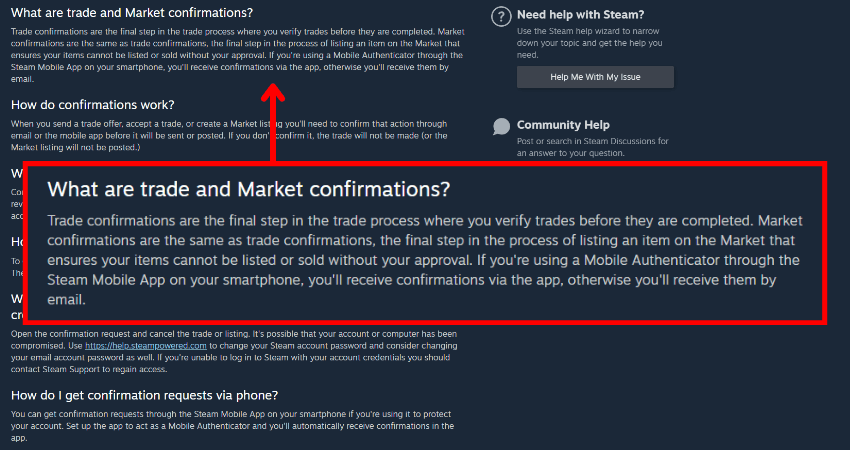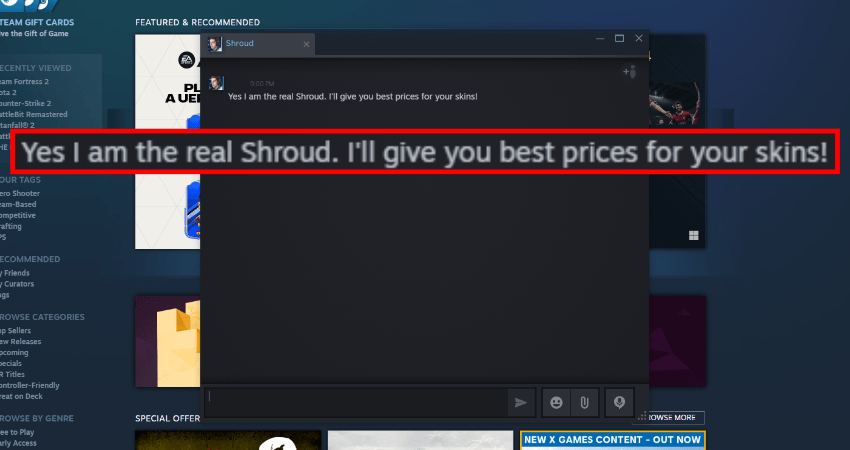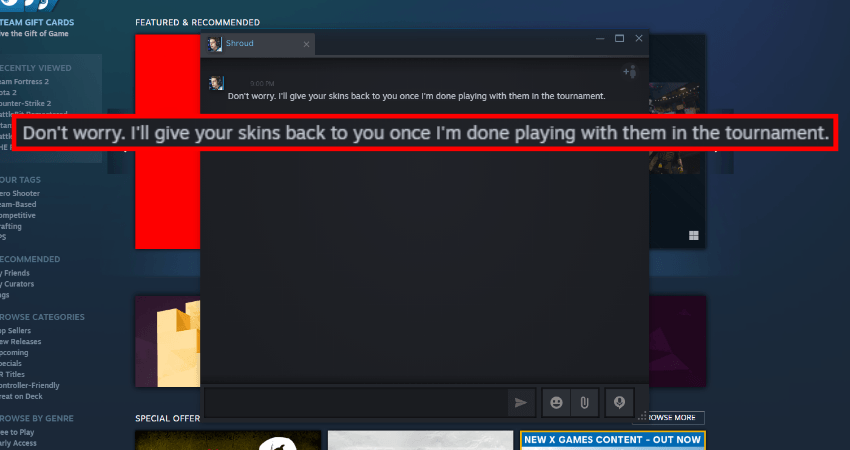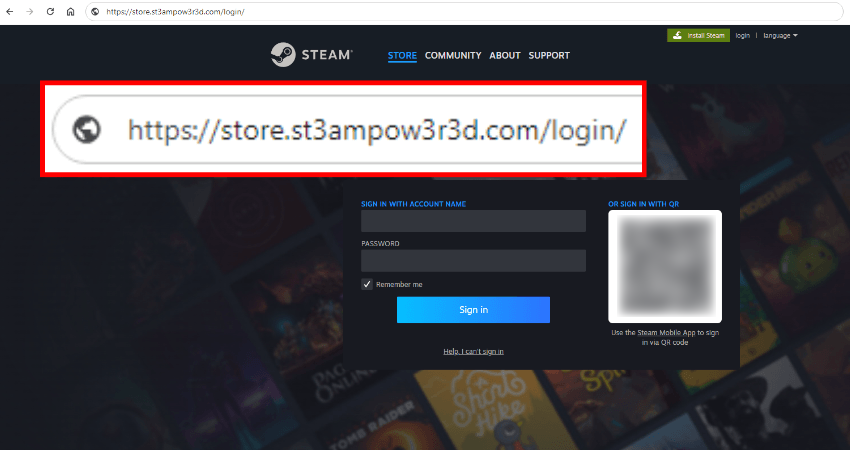

CS2 players take a lot of pride in the skin collections they’ve built. Losing those skins to a scam is one of the most frustrating things that can happen. To help you avoid that, here’s a list of the most common CS2 scam tactics and how they work.
What You Need yo Know About CS2 Scam Tactics
Here’s a quick summary of the most common ways players get scammed:
- API scams that hijack trade approvals
- Impersonation scams using fake identities
- Skin lending abuse by trusted figures
- Fake trading and gambling websites
- Phishing links made to steal login info
Below are full details for each one.
API Scams

This is the most common method used in CS2 scams. The scammer uses phishing to get limited access to your account, then waits for you to start a trade. Once you begin the trade, they cancel it and send their own offer with an account that looks identical to the original- same name, same profile picture. Since only you can approve trades, they hope you don’t notice the swap and approve the wrong one.
How to prevent it: Never click suspicious links or log into third-party websites without verifying the URL. Regularly check your Steam account’s authorized devices and revoke unknown sessions. Always double-check the Steam ID of the trade offer sender- not just the name or avatar.
Impersonation Scams

Scammers will pretend to be a known trader, streamer, or pro player. After convincing the victim they’re legit, they ask for skins as a favor, loan, or trade. They either disappear after receiving the skins or trick the victim into an unfair trade- offering a cheap skin while receiving something much more valuable.
How to prevent it: Don’t rely on profile pictures or usernames alone. Verify identities through known channels like Twitter, Discord, or Steam profile history. Never send valuable items to anyone just because they’re “famous.”
Skin Lending Scams

Sometimes the scammer isn’t pretending to be someone- they actually are the person. Well-known CS2 personalities have been reported for convincing fans to lend them rare skins, only to keep them afterward. The trust in the figure is what makes this scam effective. Just because someone is known doesn’t mean they’re trustworthy with your inventory.
How to prevent it: Don’t lend your skins to anyone, regardless of their reputation. Once traded, there’s no guarantee they’ll return them. If someone insists, politely decline or suggest safer ways to support them.
Scam Websites

Many players use third-party sites for trading, gambling, or selling skins. The risk is that anyone can set up a site that looks real. Some scam sites will accept your deposit and never return anything.
How to prevent it: Use only well-reviewed and trusted platforms recommended by the CS2 community. Look for verified reviews and never trust newly created or unlisted sites.
Phishing Links

Scammers often build fake websites that copy Steam’s login page or well-known marketplaces. Once you enter your info, they steal your credentials. This method is called phishing. Always make sure you’re on the real URL before logging in. Look closely- some links only differ by one letter.
How to prevent it: Never click links sent by strangers. Always type the website address manually or use bookmarks. If you’re unsure, don’t log in. Enable Steam Guard and 2FA to add another layer of protection.
[RELEVANT: Can Skin Bots Scam You In CS2]
Conclusion
One of the best things you can do to avoid getting scammed is to stay away from websites that seem shady and triple-check all the details before approving a trade offer. Check out the list of common scam tactics above to know exactly how they work so you can avoid becoming a victim of one of them.



